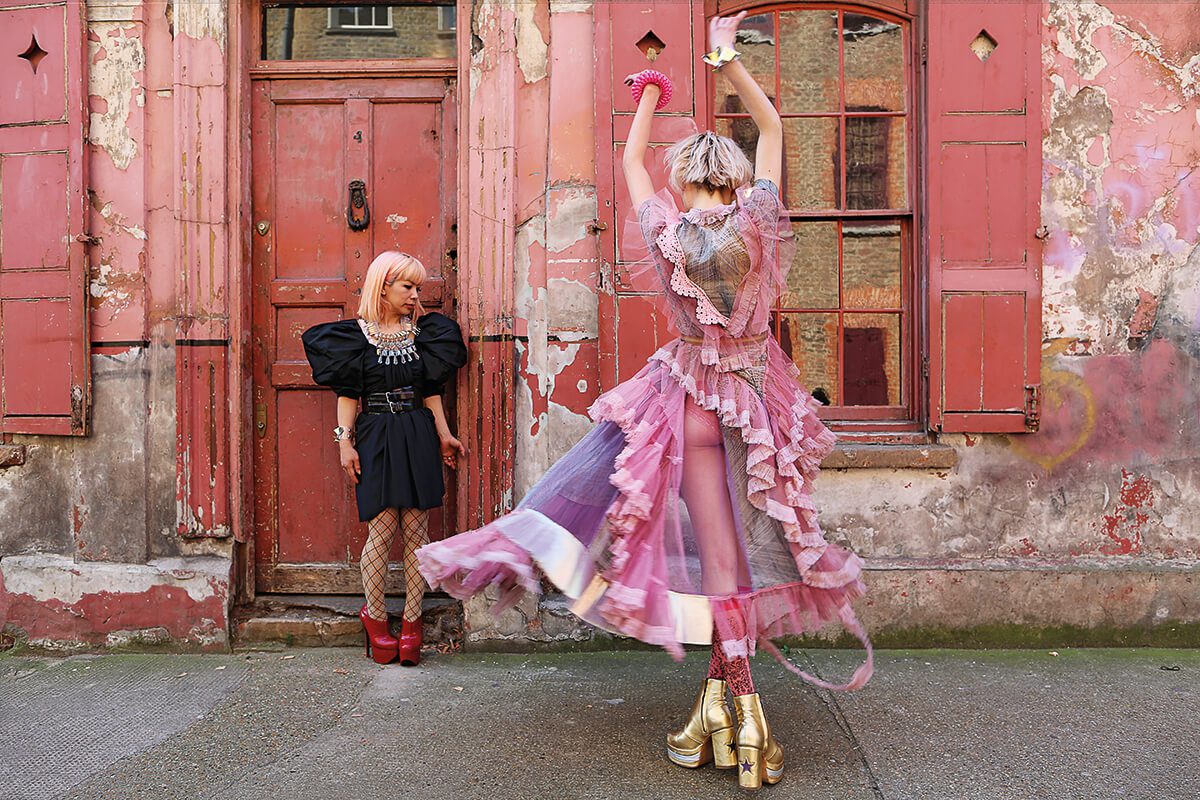
Anna Wallace-Thompson speaks to curator and artist Maryam Eisler about the characters in her latest book, Voices: East London, which celebrates the unique hub of creativity and individuality
Maryam on designer Meihui Liu (top image with Alice Pins modelling one of her creations on Princelet Street, and below Alice Pins in another creation by the designer with shoes by Natacha Marro):
“I’ve never met anyone with so much positive energy, possibility and potential for doing. Meihui is, first and foremost, a designer, and her art comes in the form of beautiful, timeless gowns made out of found and patchwork vintage fabrics. She’s also the greatest connector I have ever known. I think you can see the influence of the East End on Meihui’s way of thinking, and in the way in which she uses fabrics. We photographed her on Princelet Street, behind Brick Lane. Here, the buildings appeal with their romantic, weathered textures of bygone times: peeling walls in shades of rosewood and teal, houses dating back to the Huguenots and the Irish silk weavers of the early 18th century. The area has such a deep connection to fabric and textiles, just like Meihui’s own personal creations.”
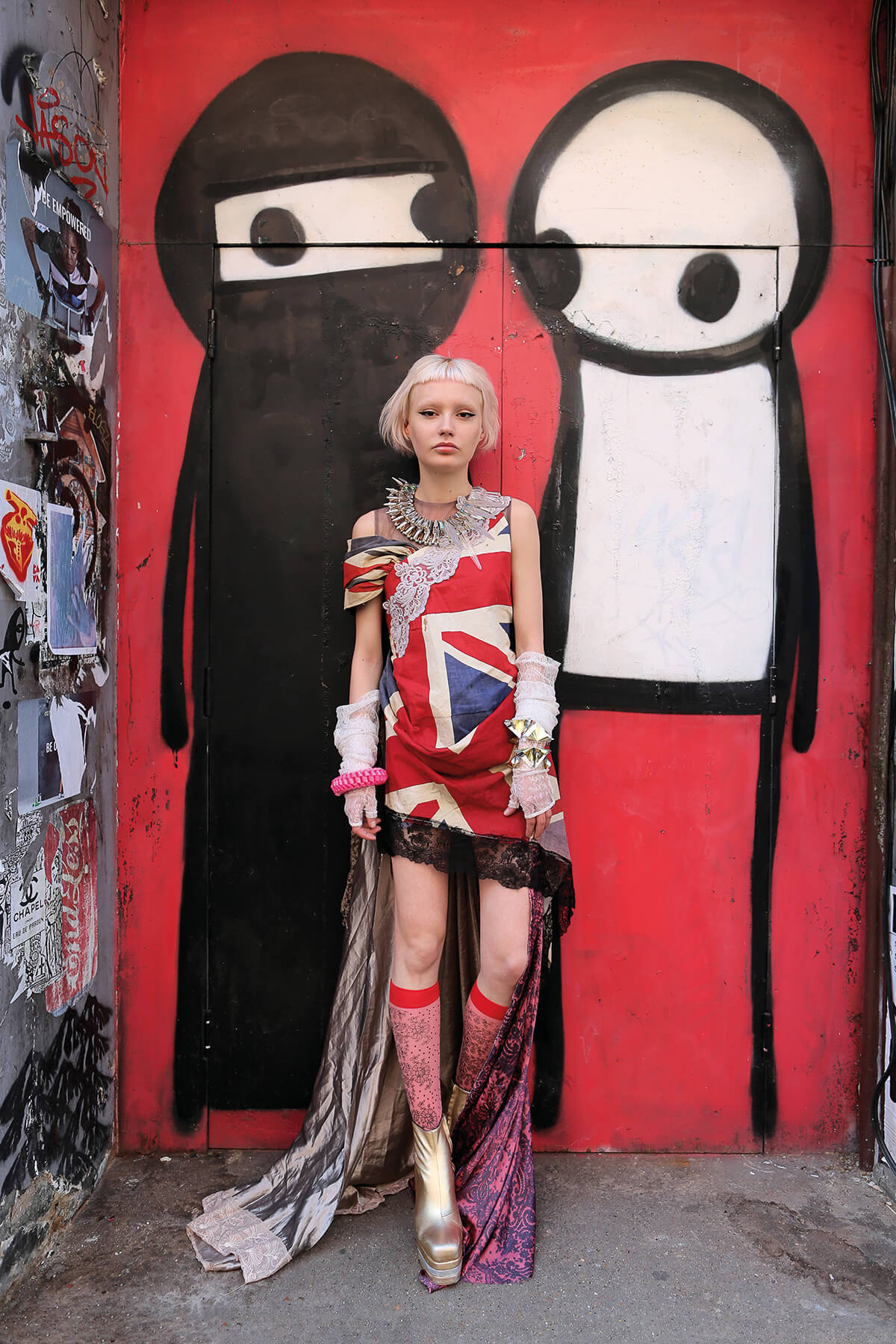
In Paris there is Montmartre, in New York, SoHo – and in London, there is the East End. One of the last bastions of individuality and creativity in an ever-sanitised cityscape, London’s East End remains a bolthole for artists, fashion designers, musicians and creatives. Its scrappy nature, says editor and photographer Maryam Eisler, is, “one of the key factors to enabling creativity, precisely through this tension between glitz and ‘gritz’. It’s that crack that has given birth to different kinds of thinking.” She adds, “There is a sub culture in the East End that’s been lost elsewhere – and the minute you sanitise society you lose its verve and flavour, as is the case in London’s West End.”
Follow LUX on Instagram: the.official.lux.magazine
Eisler has lovingly captured the spirit of the East End’s creative residents in her book, Voices: East London. “The whole point of doing this book was to try and find out what it was about the East End that differentiated it from the rest of London – in fact, I very nearly called it A Tale of Two Cities,” explains Eisler. “Historically-speaking, the East End has induced and empowered creativity and out-of-the-box thinking. It has fostered imagination, innovation and a more colourful way of thinking on so many levels, all a result, in my opinion, of its rich multicultural layering.”
It was towards the end of the two years of interviews she conducted for the book that Eisler met one of the most interesting people of all – 77-year-old New York native and cookbook writer turned outsider artist, Sue Kreitzman. Her apartment is a riotous explosion of colour, the most primal and genuine reflection of her inner self and something of an East End legend, as is her own personal dressing style. Through Kreitzman, Eisler then met young artists Anne Sophie Cochevelou and Florent Bidois, both of whom create wearable art from found objects mostly sourced in thrift stores and markets. Eisler also met “creative genius, chief connector, delicious ‘lace’ dumpling maker and pop-up queen” Meihui Liu.
Read more: Exclusive behind-the-scenes images from “Voices: East London” by Maryam Eisler
“These people live, breathe, eat and dream their art,” says Eisler. “When we talk about wearable art, they are their own best mouth pieces. All four of them have the ability to make something out of nothing.” It is this, Eisler believes, that exemplifies the East End spirit. “It’s such a pioneering spirit, and very much an industrious spirit, to have this hands-on approach to life, leaving your own mark on the things you make, as well as on society as a whole – adding colour to the life of the community you live in, making it a better place to be. It’s all about making something special out of very little.”
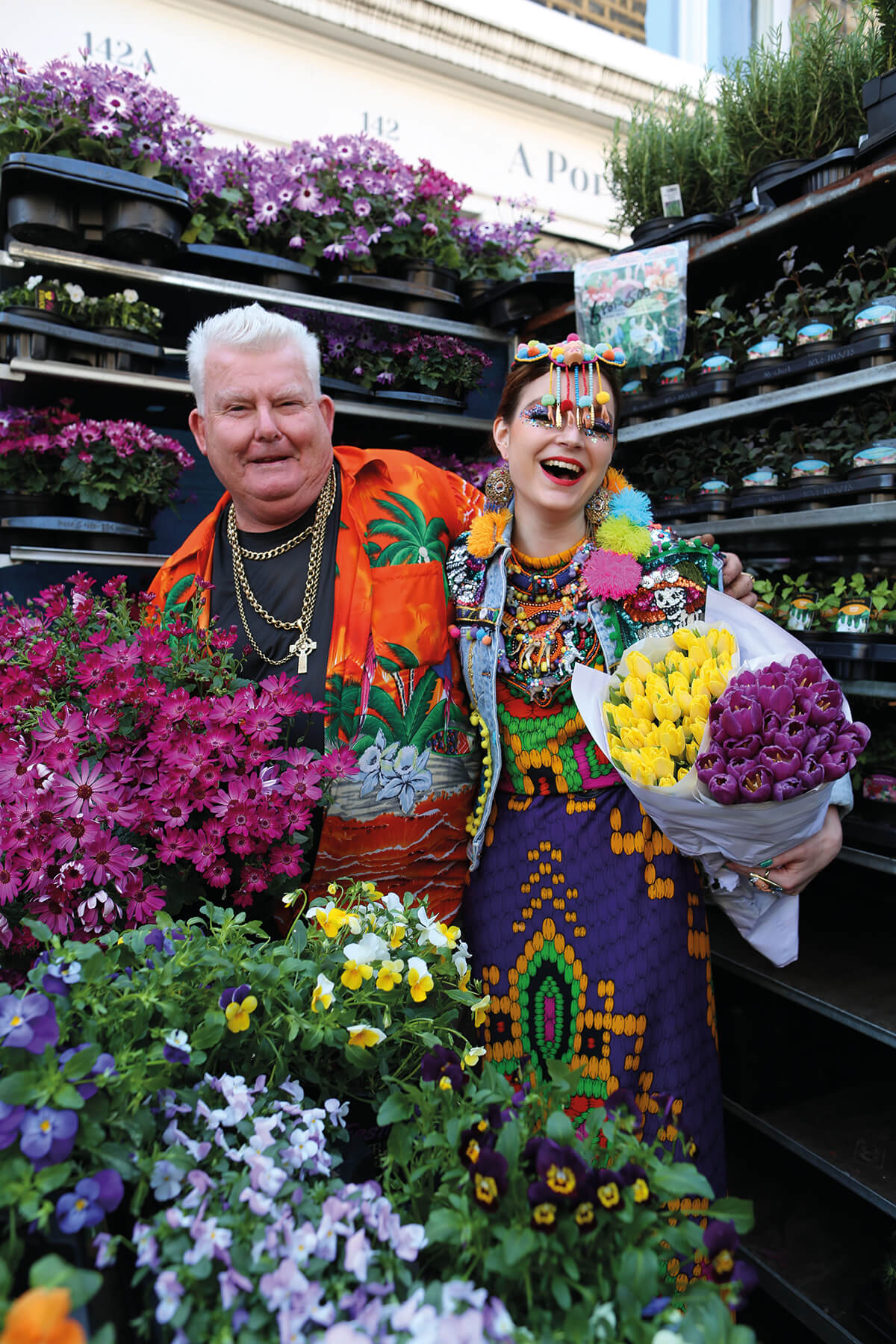
Maryam on designer Anne Sophie Cochevelou (above at Columbia Road flower market):
“Anne Sophie is all about opulence, layering and being off the wall. She’s a complete hoarder, of beads and pompoms and sequins and remnants of fabrics and plumes and boas. It’s incredible how many different looks she keeps coming up with; it’s better than any fairy tale. She talks about [the flower market’s] ‘texture’, and how it inspires her. When dressed and out in public, people are intrigued, wanting to take pictures of her, often asking to touch her clothes. She turns into some kind of idol.”
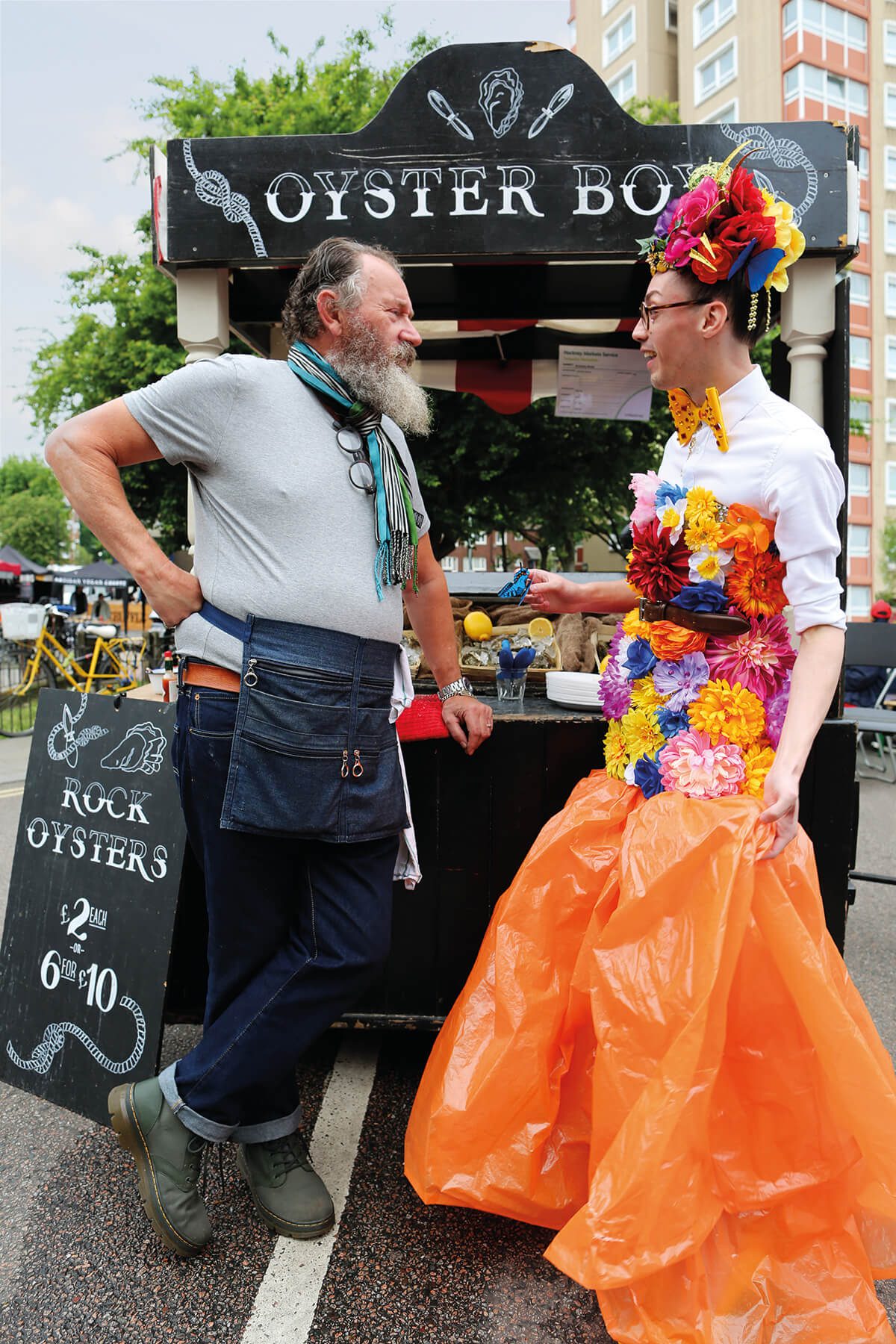
Maryam on designer Florent Bidois (above):
“Both Anne Sophie and Florent are incredibly energetic souls. Florent takes trash bags and makes couture dresses from them, which he calls ‘trash couture’. They are beautifully stitched by hand and turned into delicate creations using flowers, buttons and sequins. They look a million dollars.”
“I shot Florent on Broadway Market, which he loves for its dynamism and friendliness. He loves the water as he’s from Brittany, so he likes taking strolls by the canal. He had his first fashion show in 2006 but it was after he met Sue Kreitzman in 2015 that he says, ‘something clicked in my head’. He has praised her for allowing him to be ‘bold and beautiful. I see myself as a blank canvas. I create my own vision of beauty, a duty I take seriously as an artist.'”
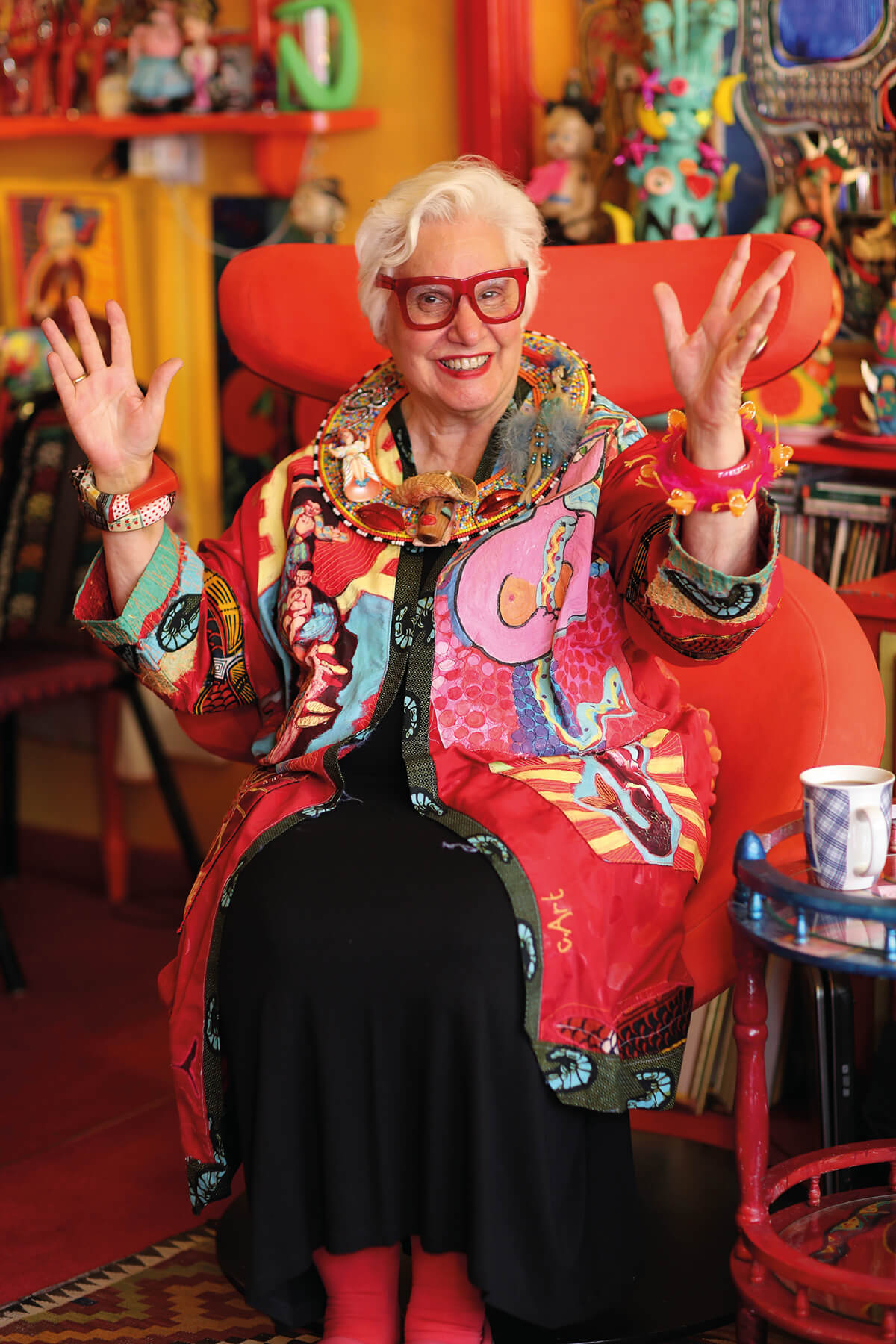
Maryam on Sue Kreitzman (pictured above in her East London home):
“Sue is actually American by origin, but is now an adopted East Ender, having been here for more than 20 years. She’s a true designer: her whole theory on life is ‘don’t wear beige, it will kill you.’ Her home is a fairy tale hodgepodge, a world of infinite possibilities – there’s not one square inch of space that isn’t painted or covered in art and objects. She lives in a world of beauty, imagination, colour and energy, a sanctuary where she finds solace and soulfulness. She is the epitome of a real ‘maker’ – she creates kimonos, jewellery, art, all from found or used objects, sought out in flea markets all over the East End. She is also a feminist, with strong opinions and a can-do attitude.”
Maryam on Sue’s relationship with Florent and Anne Sophie:
“[Sue] has inspired many young people and taken them under her wing to show them a path of possibility. When we talk about wearable art, all three – Sue, Florent and Anne Sophie – represent the epitome of their own art and thinking. They live by their own individual books and Sue has taken both Anne Sophie and Florent under her wing and, in effect, encouraged them to channel their creativity, possibly even showed them how it can be turned into a viable existence. She has proved to them that it can go beyond just wearing art themselves, and speaking about it and believing it: you can make a living out of it.”
This piece was originally published in The Beauty Issue. Discover Maryam Eisler’s portfolio of work: maryameisler.com
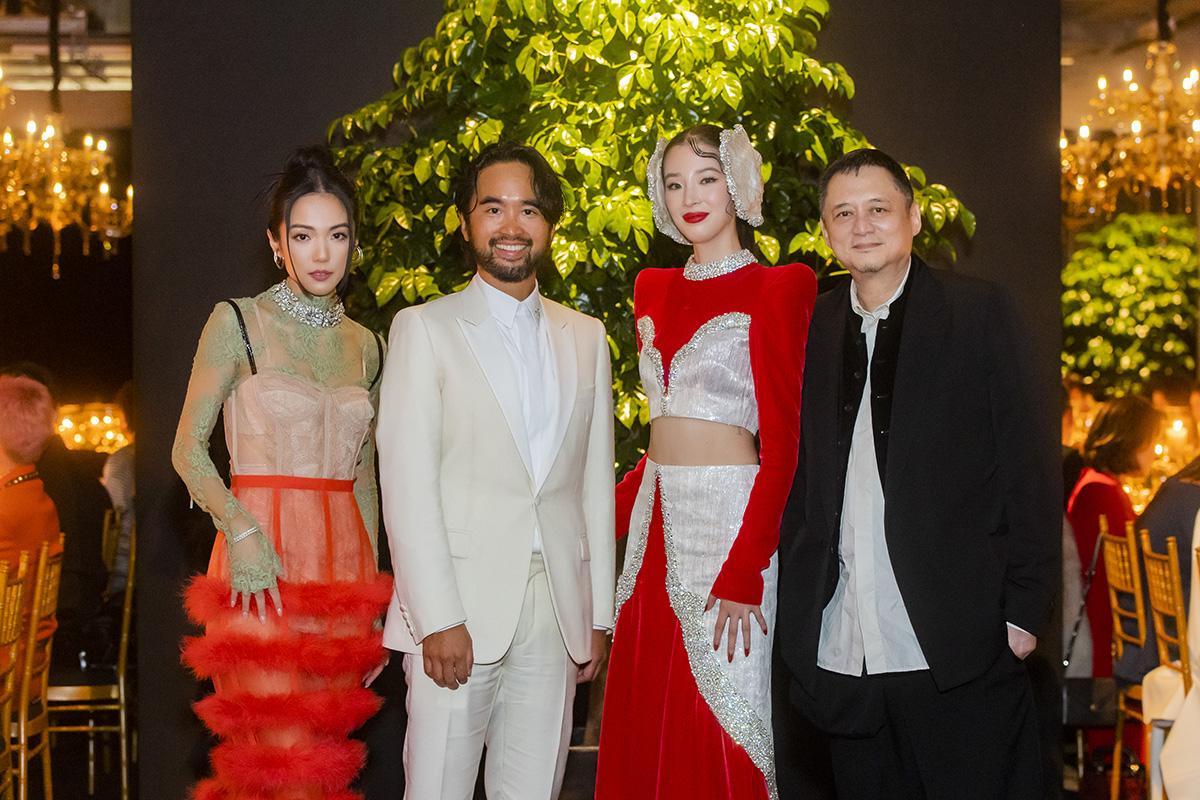
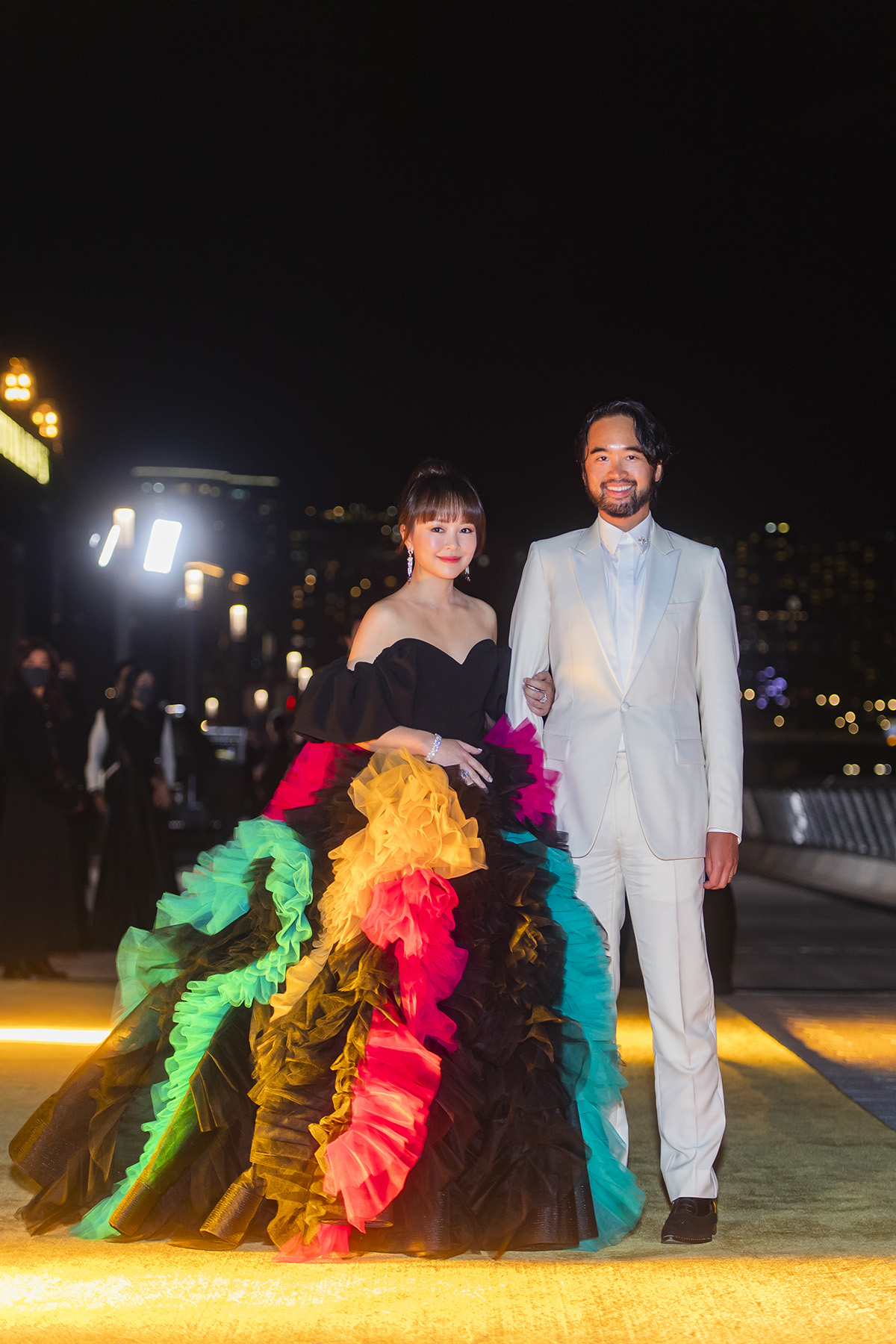
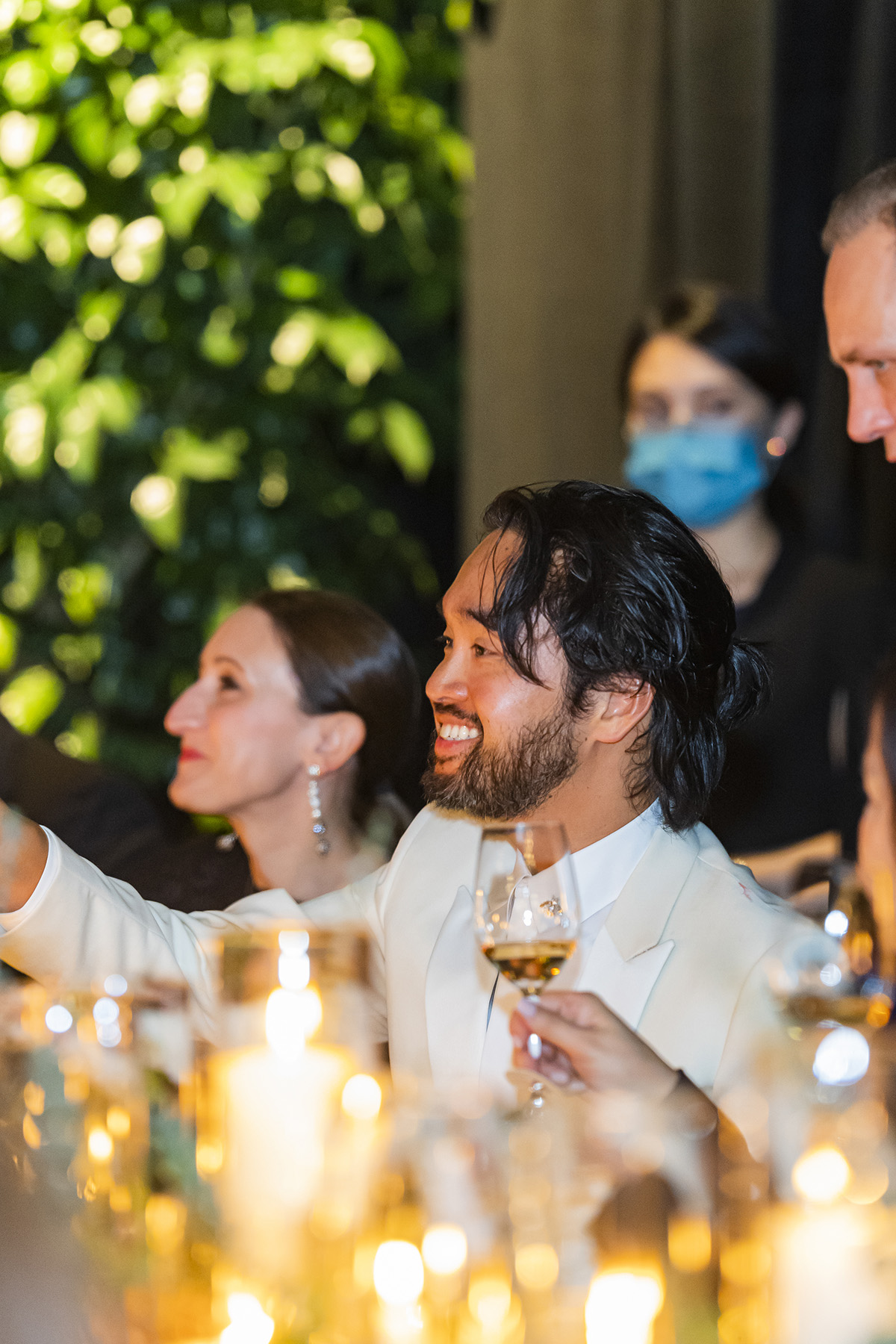
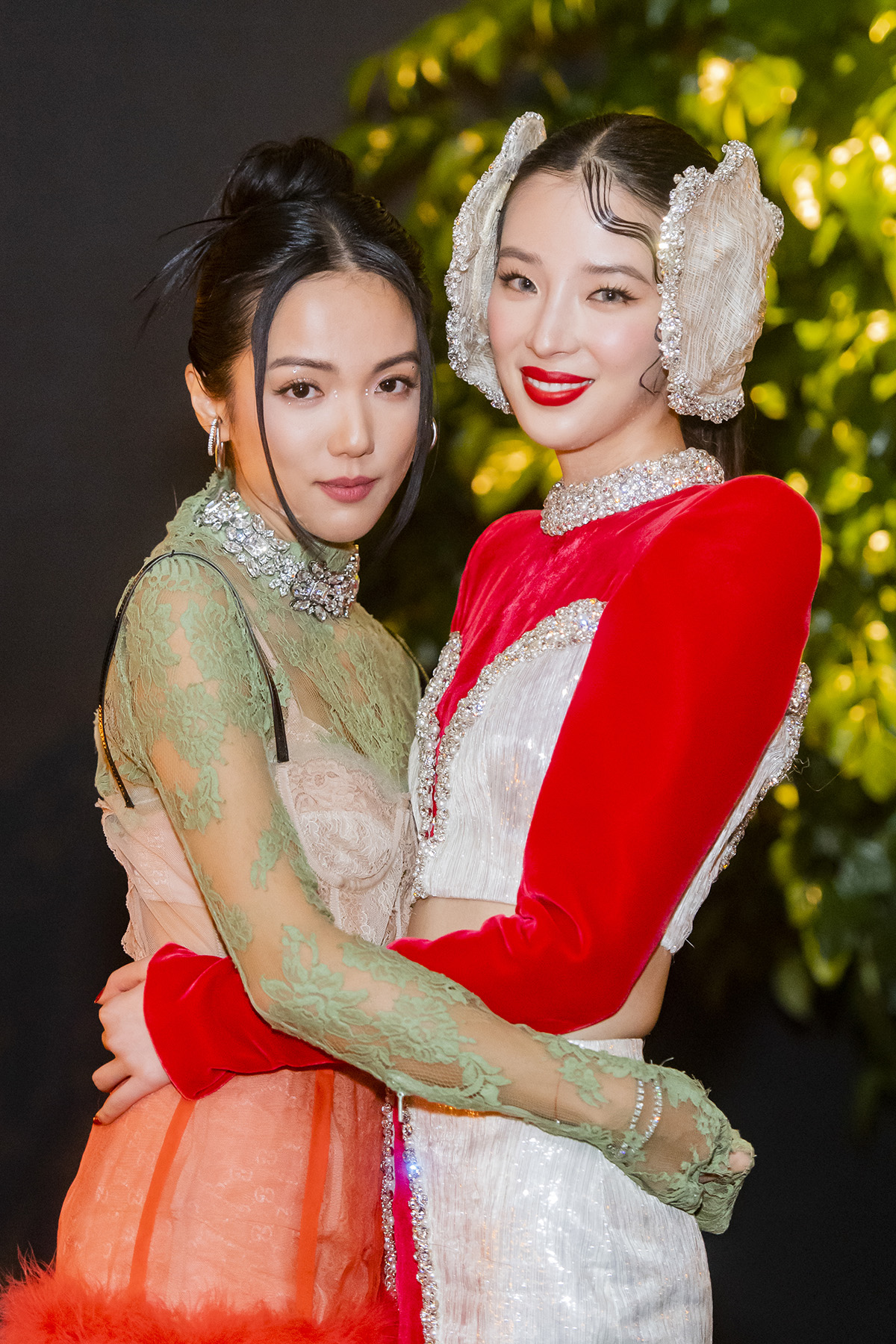
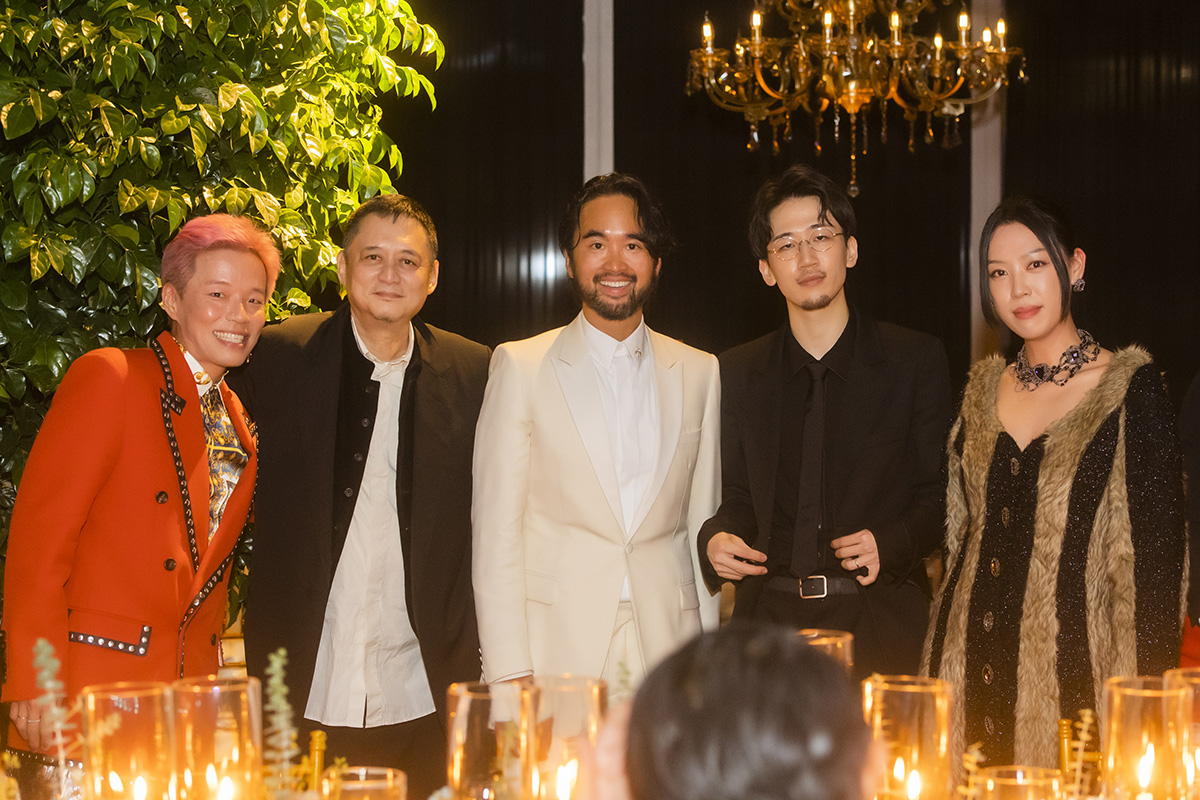
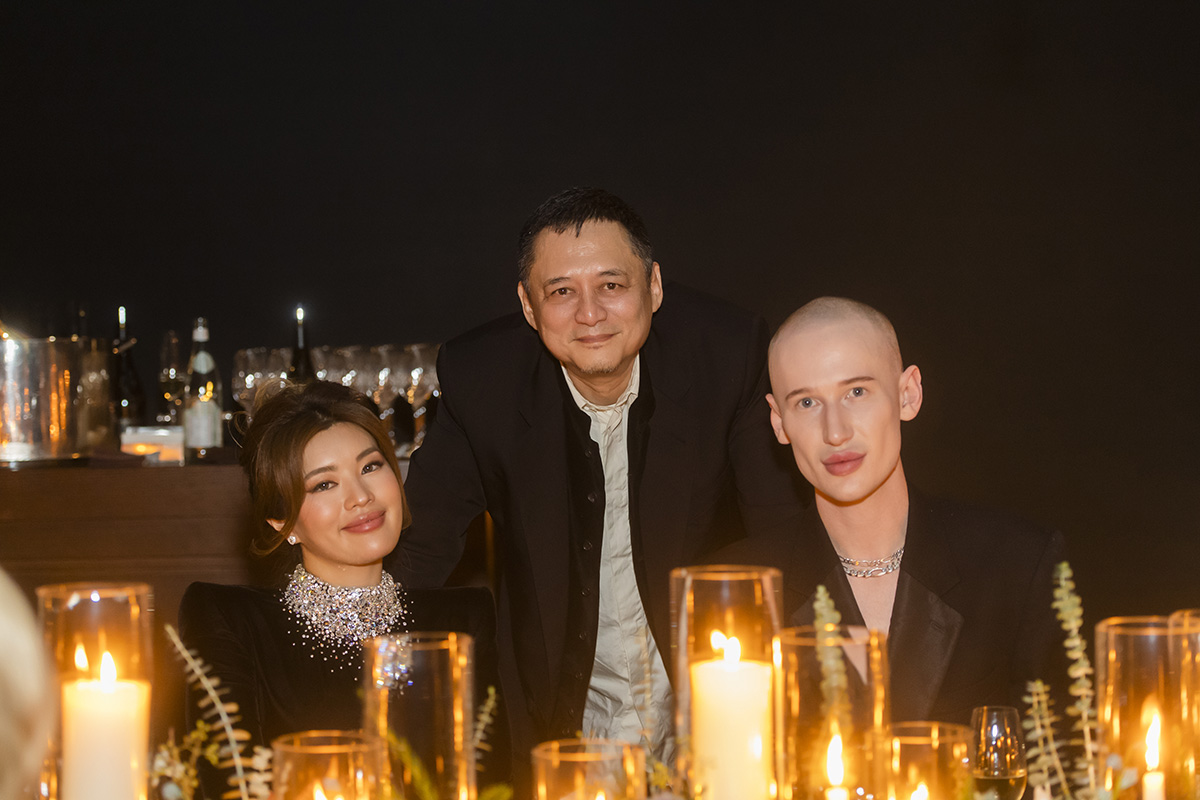
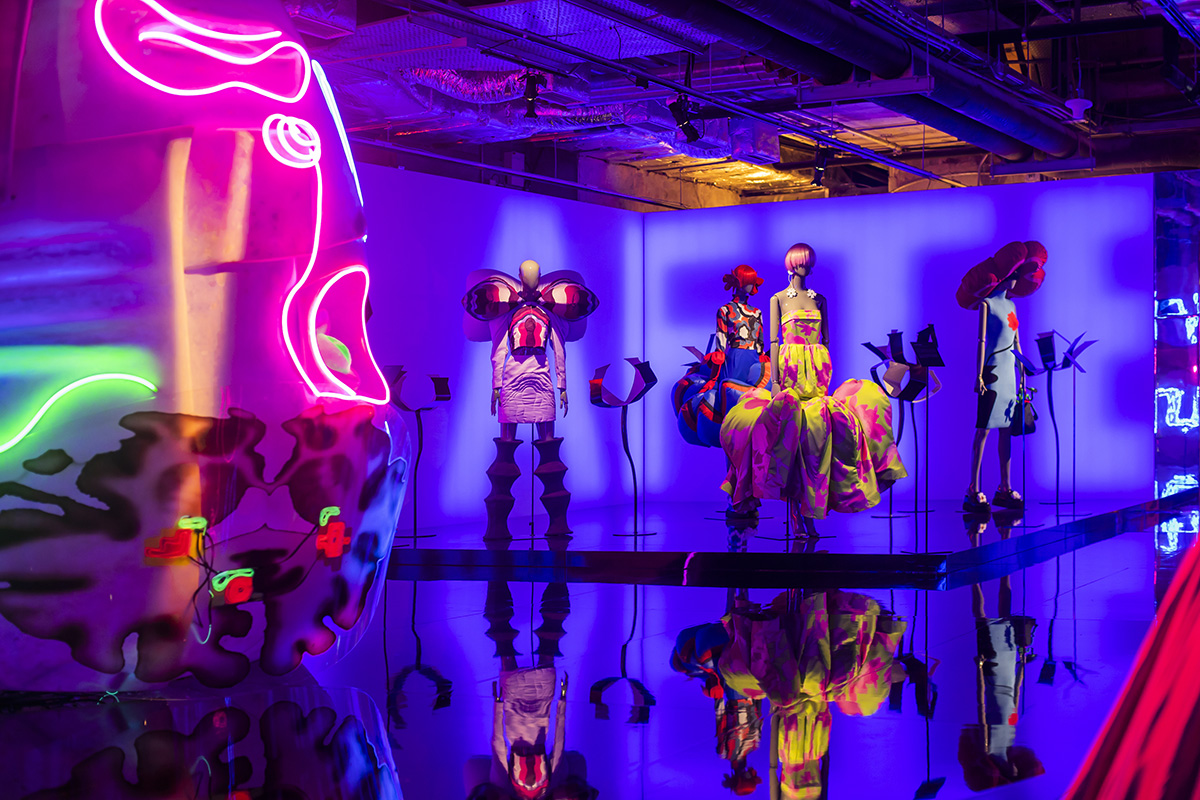
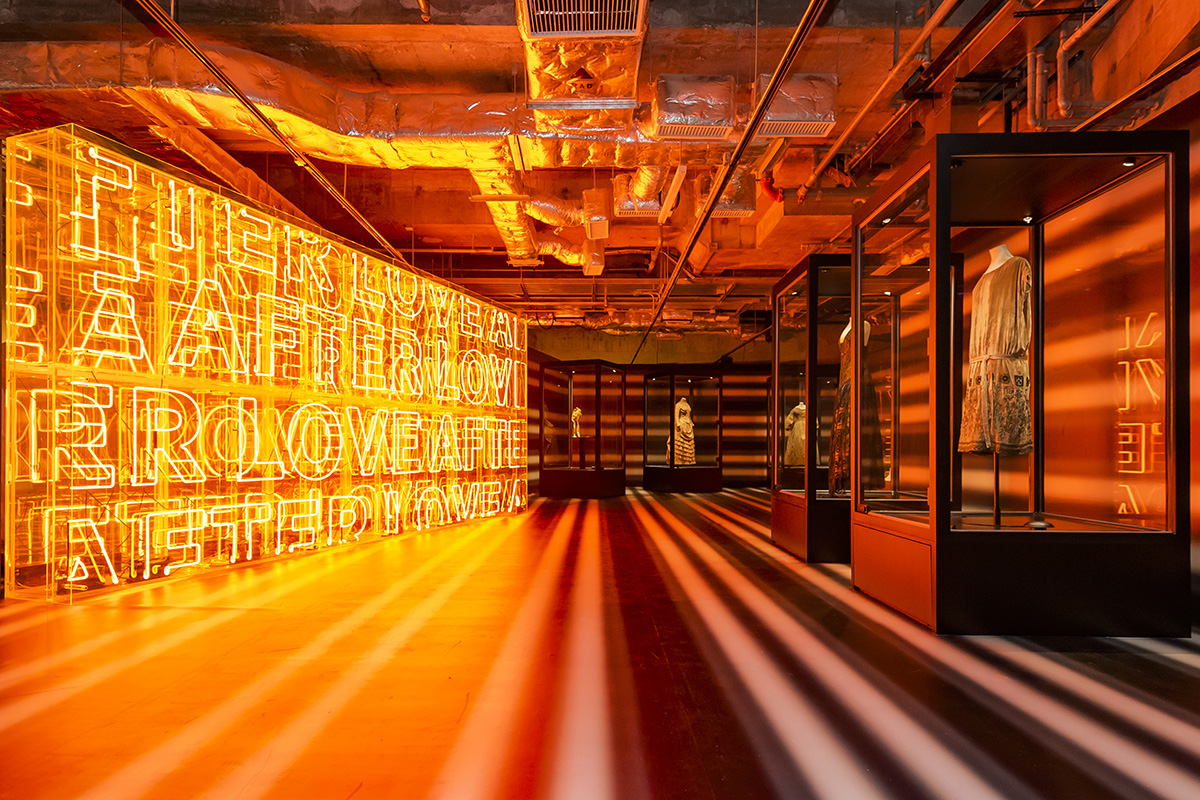

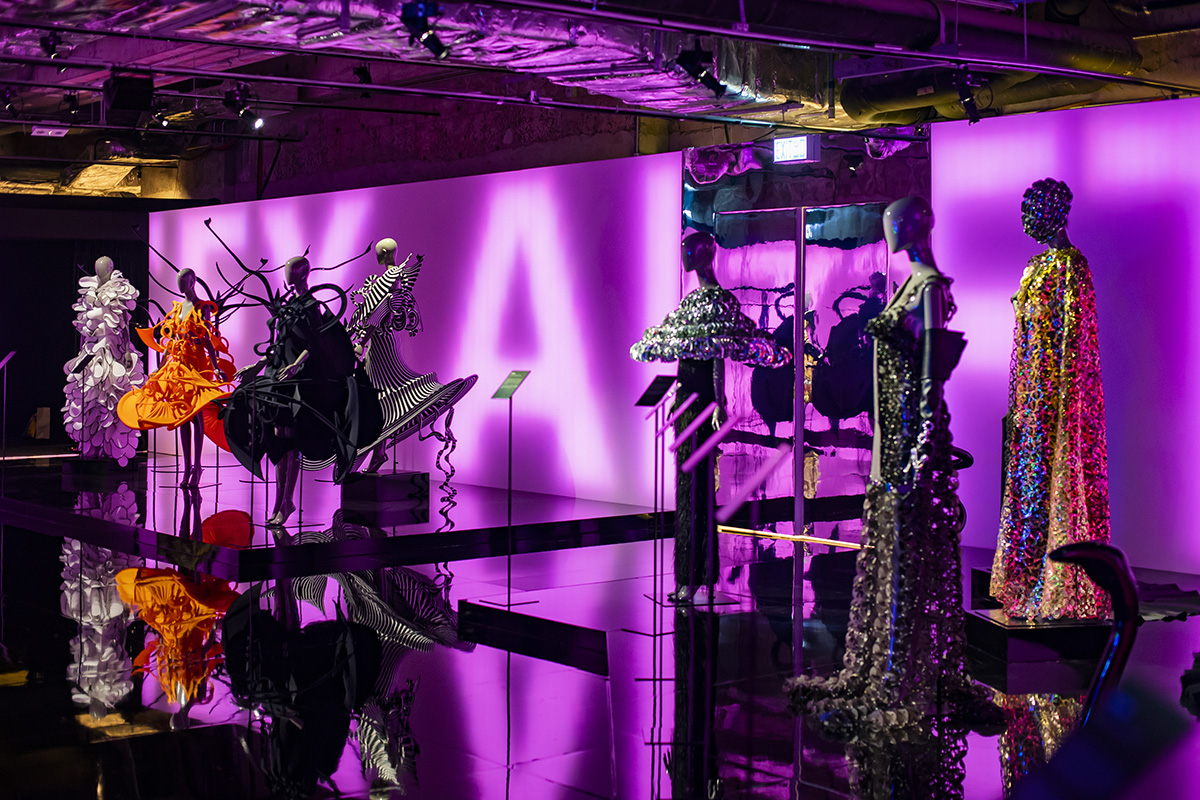









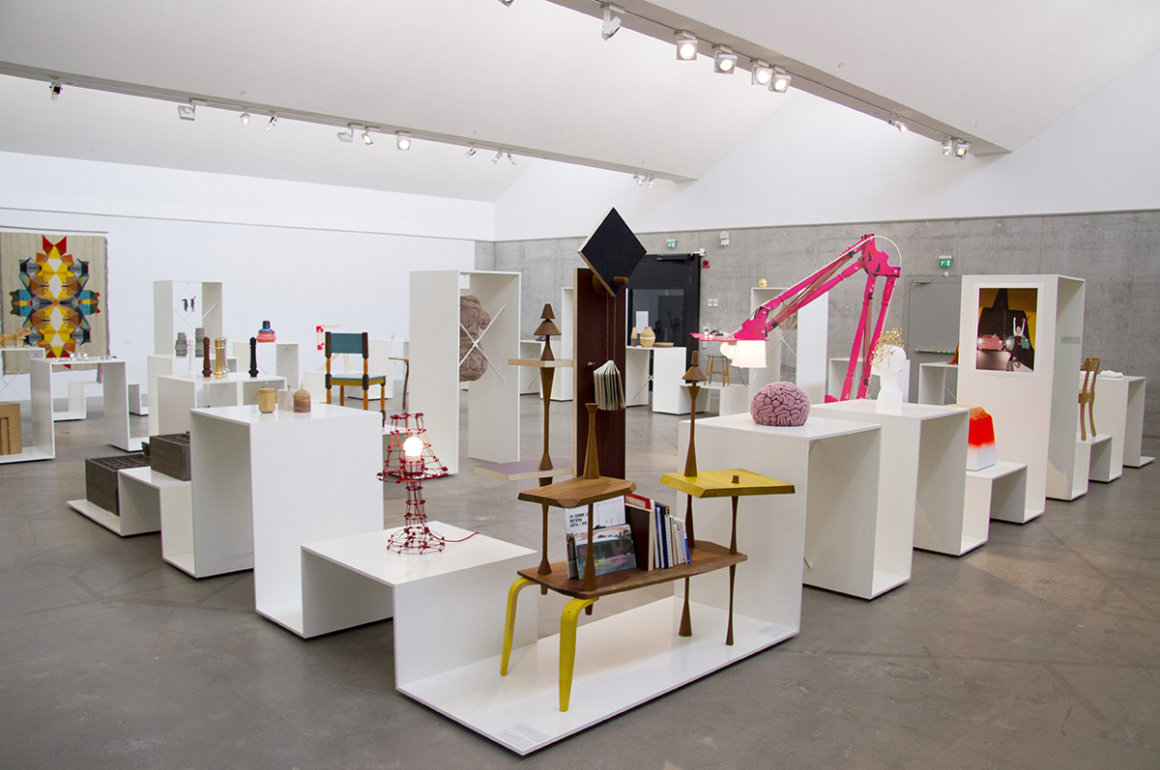
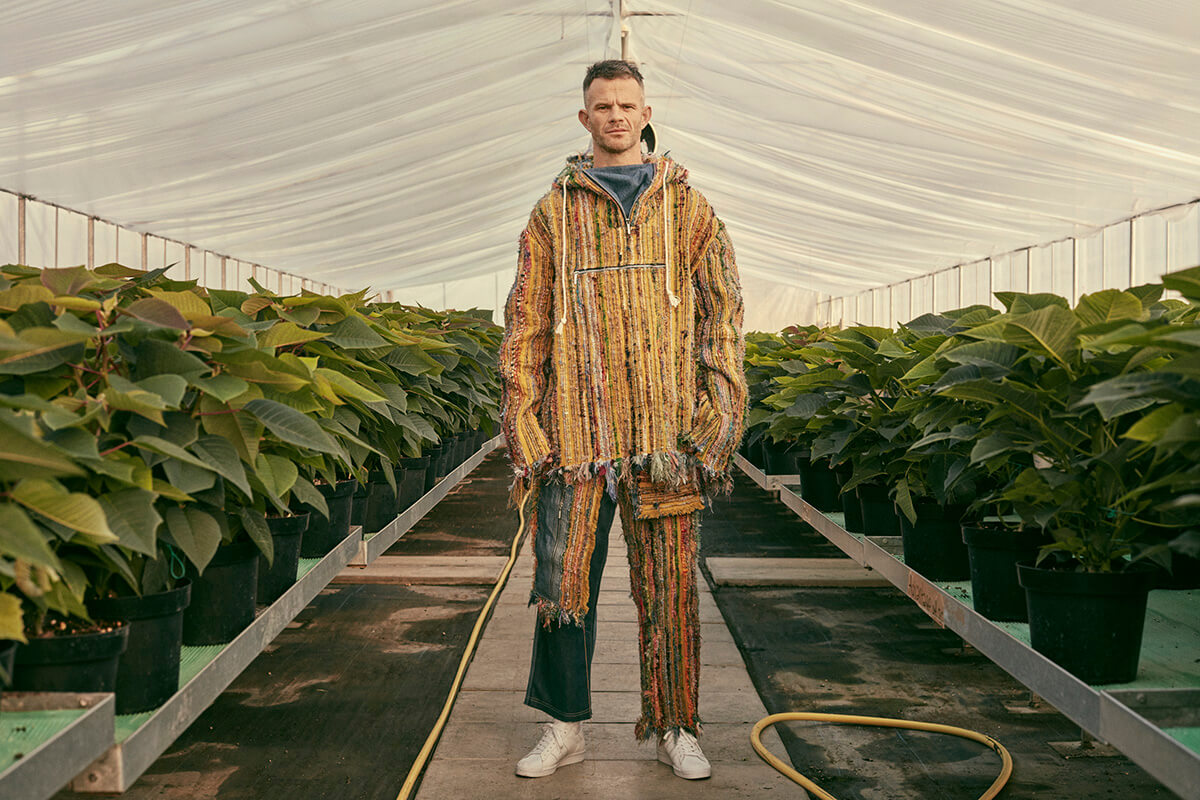
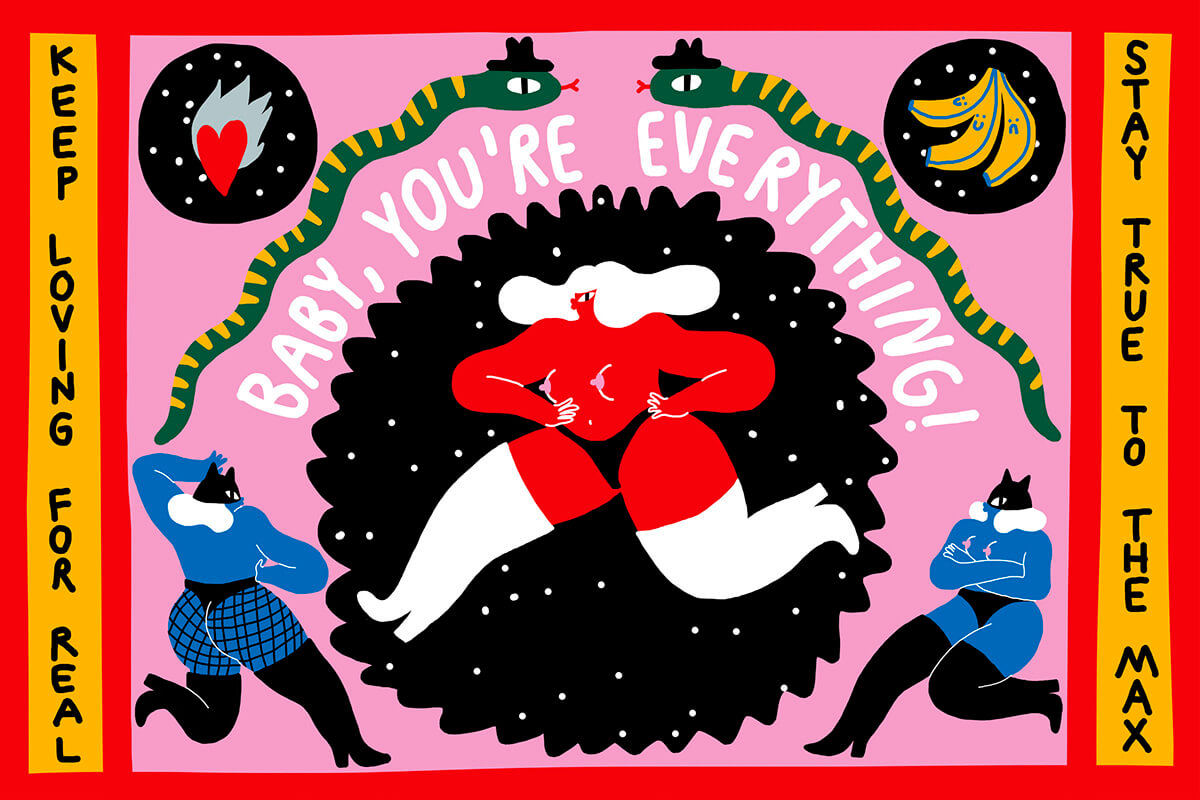
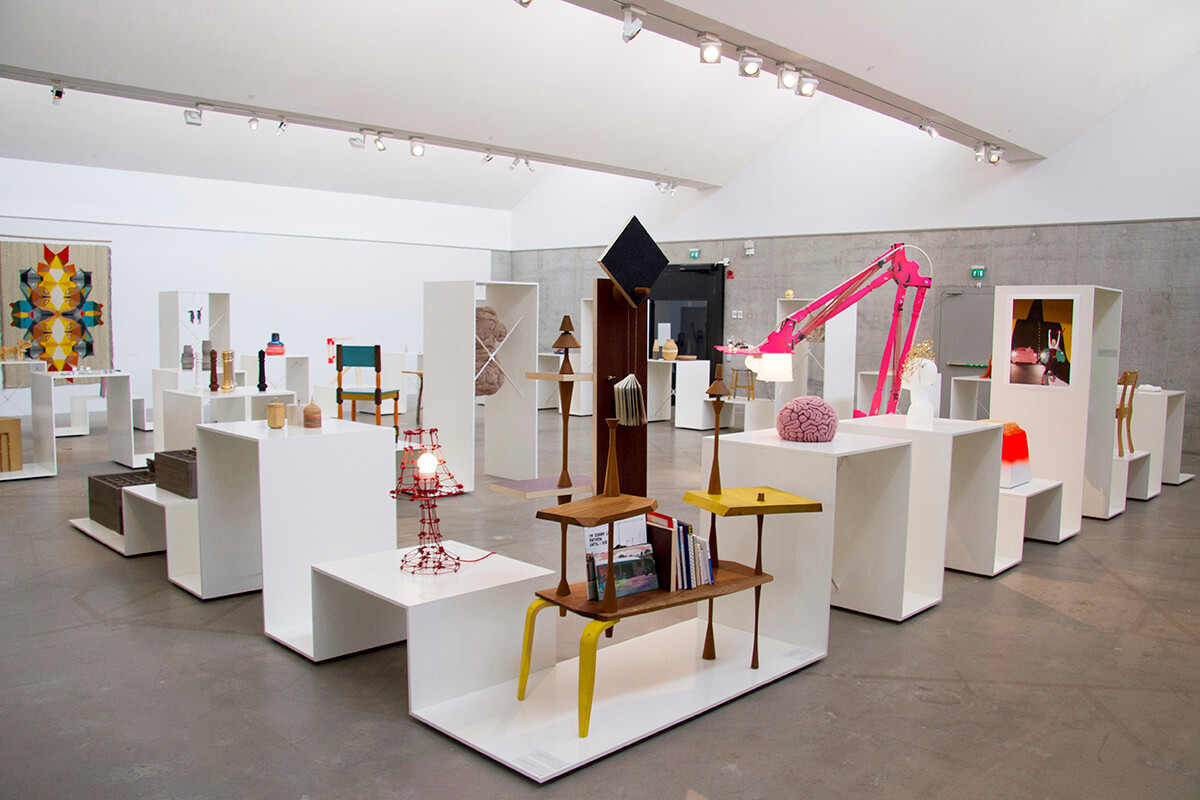
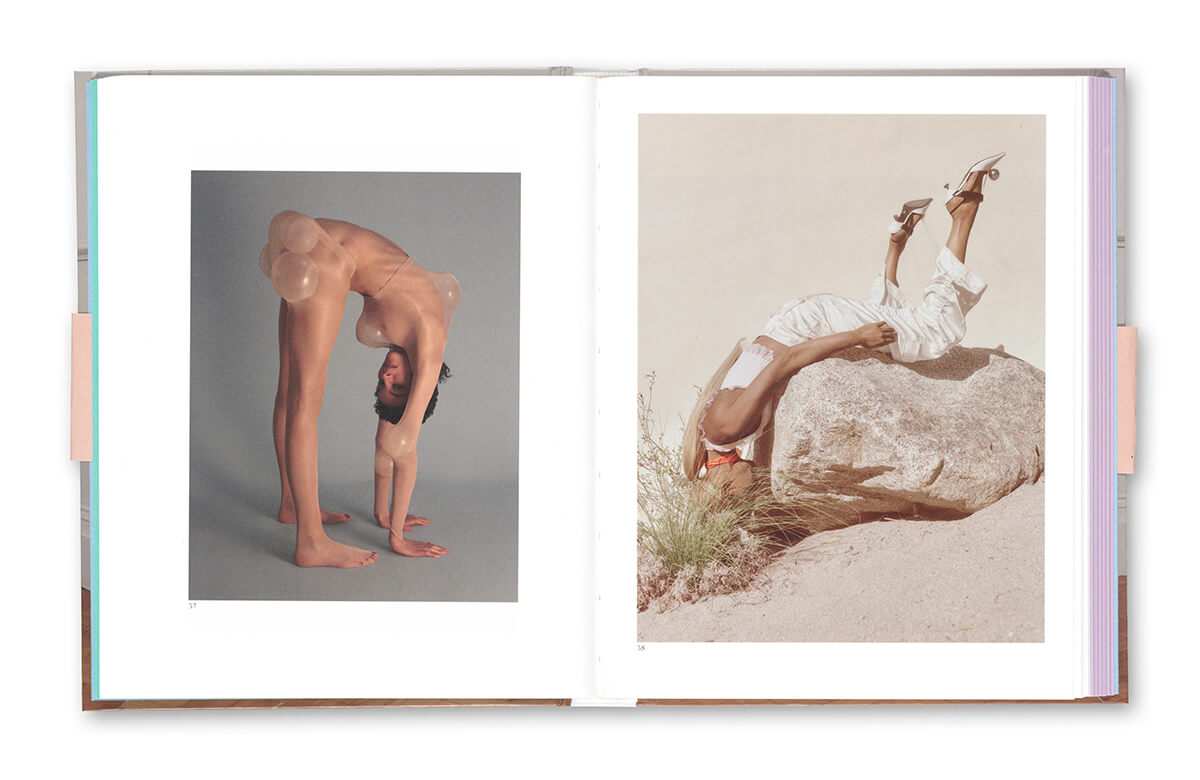
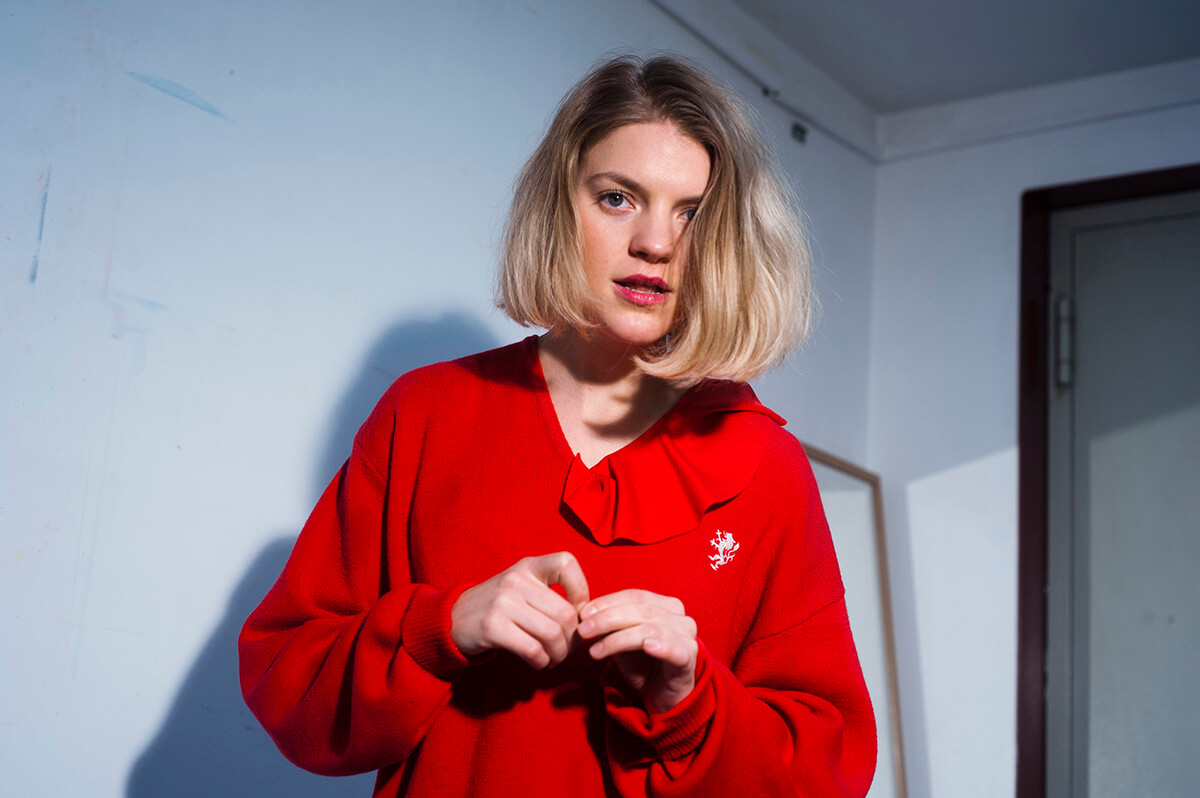
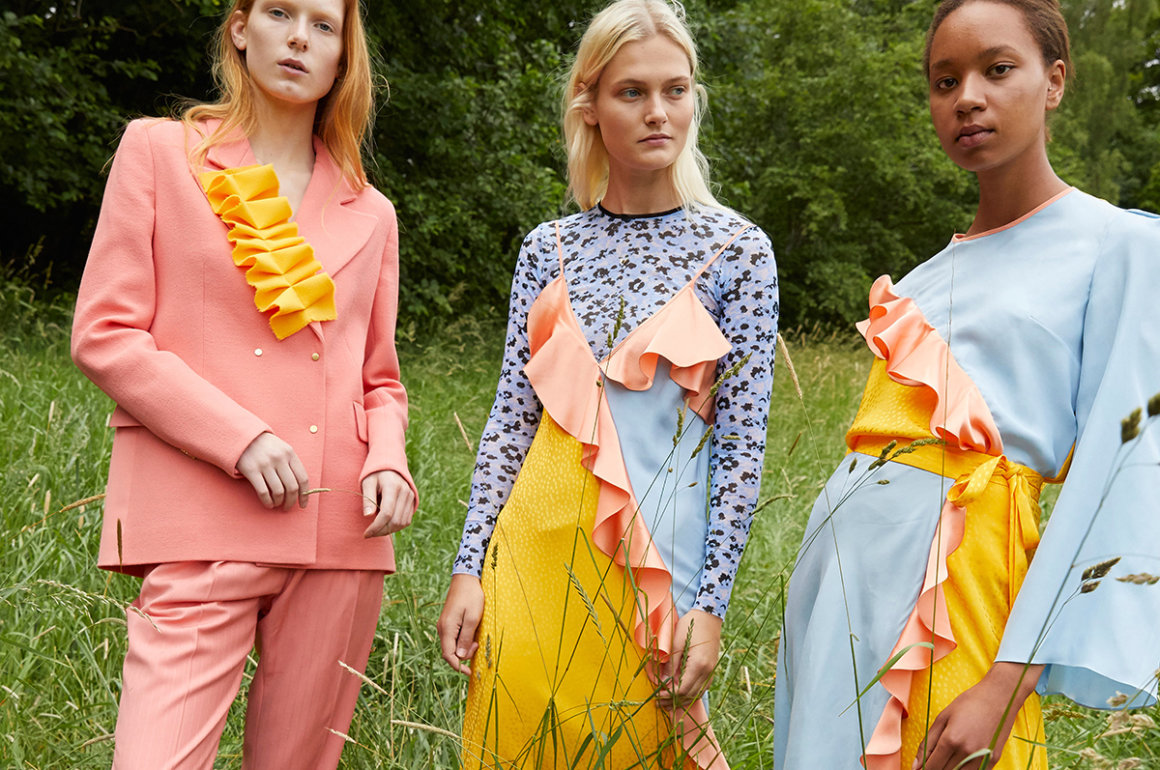
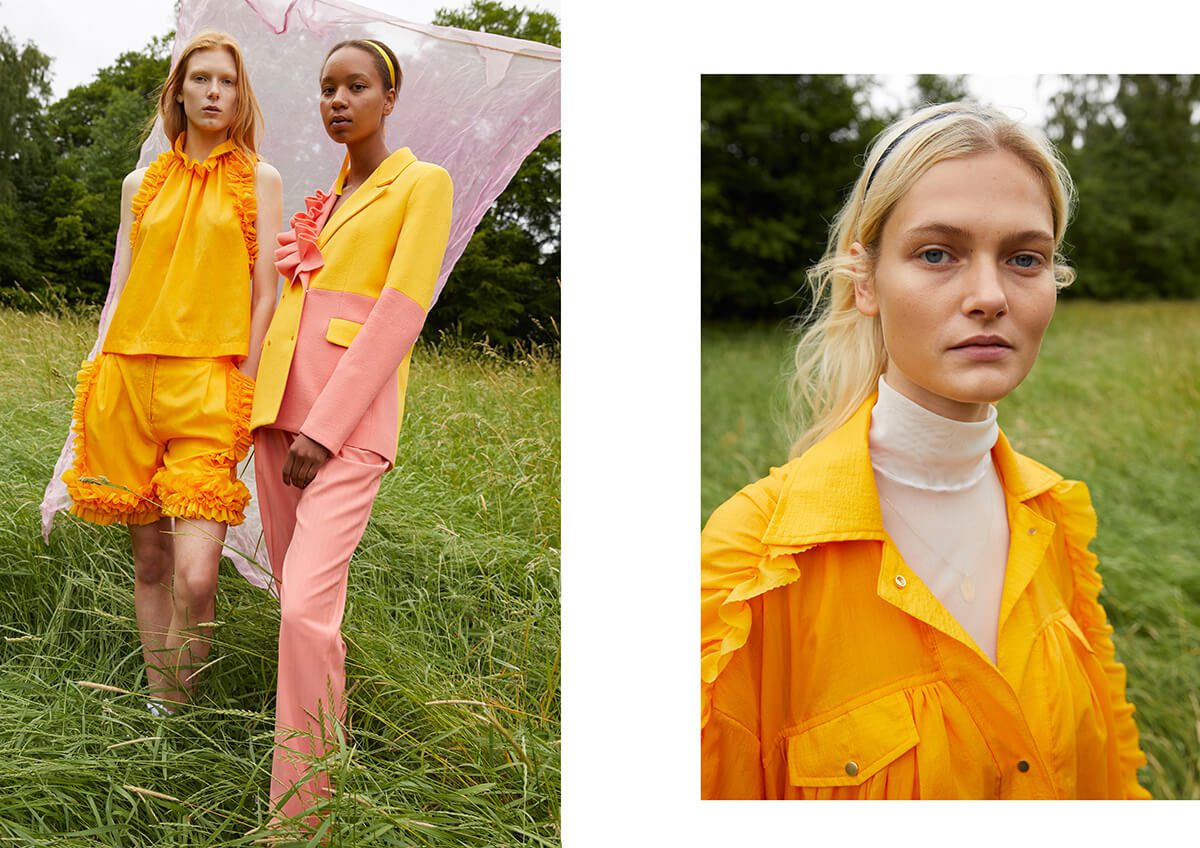
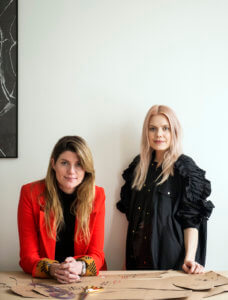
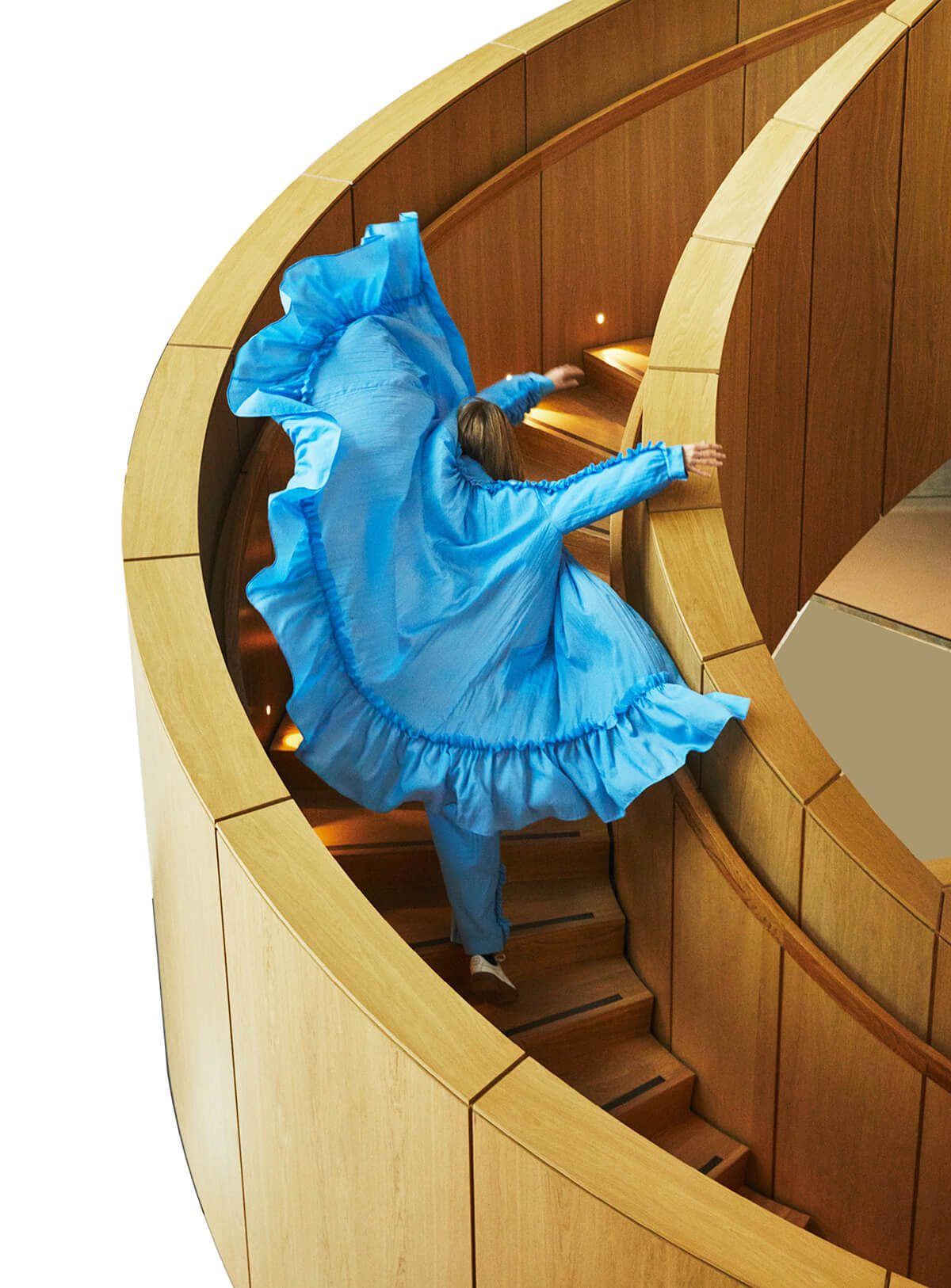
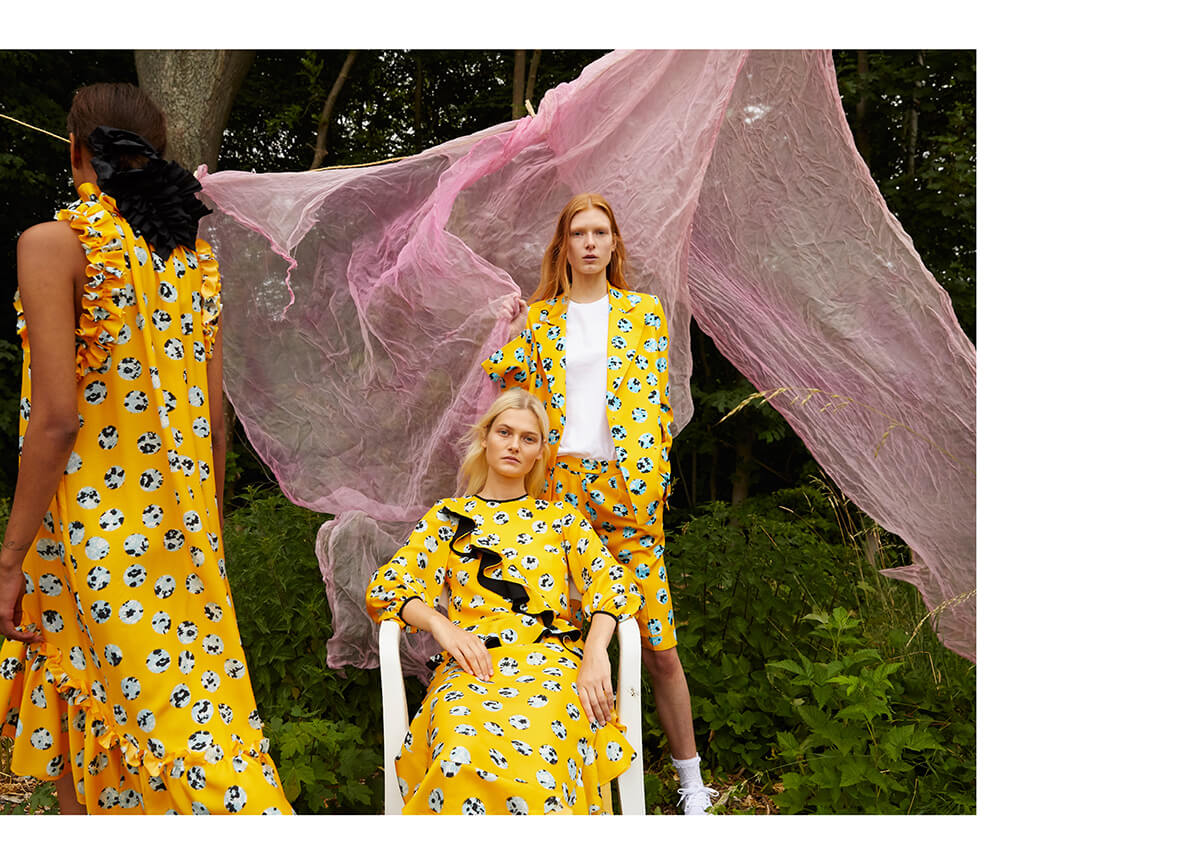
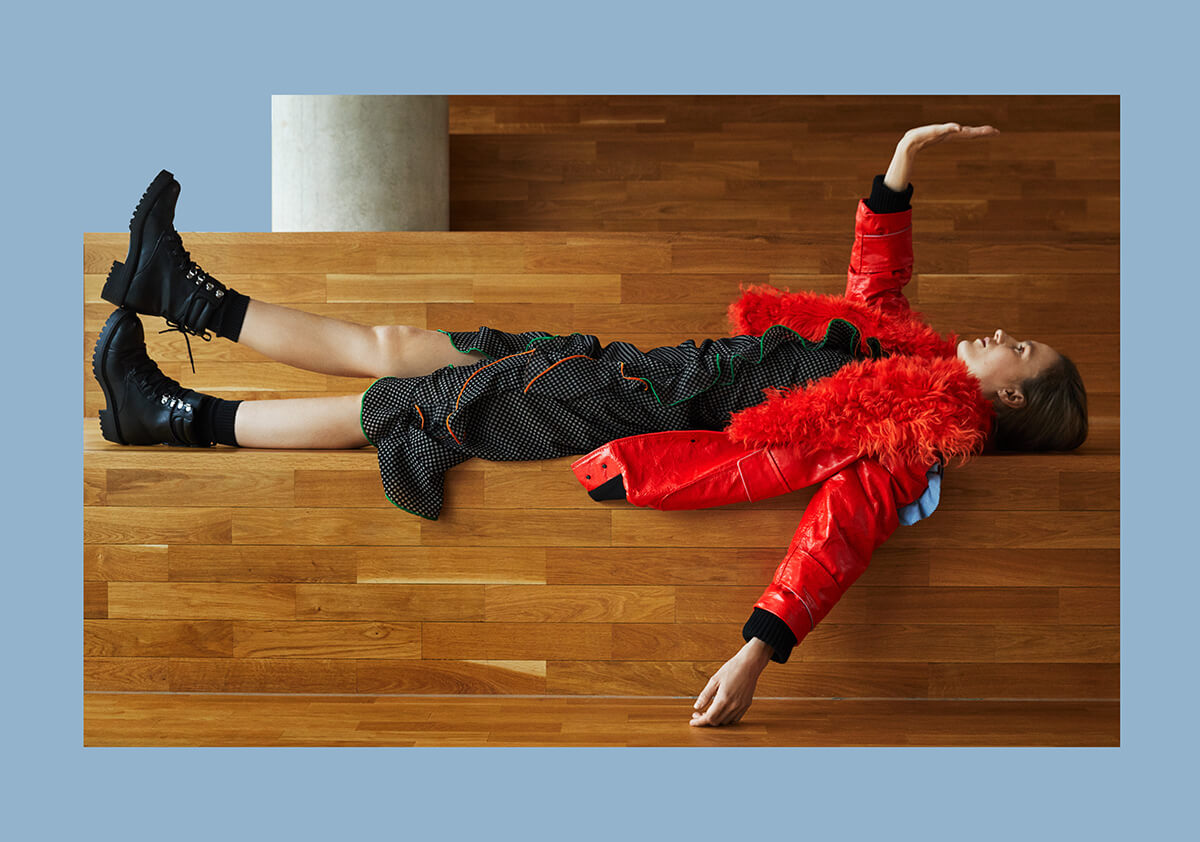
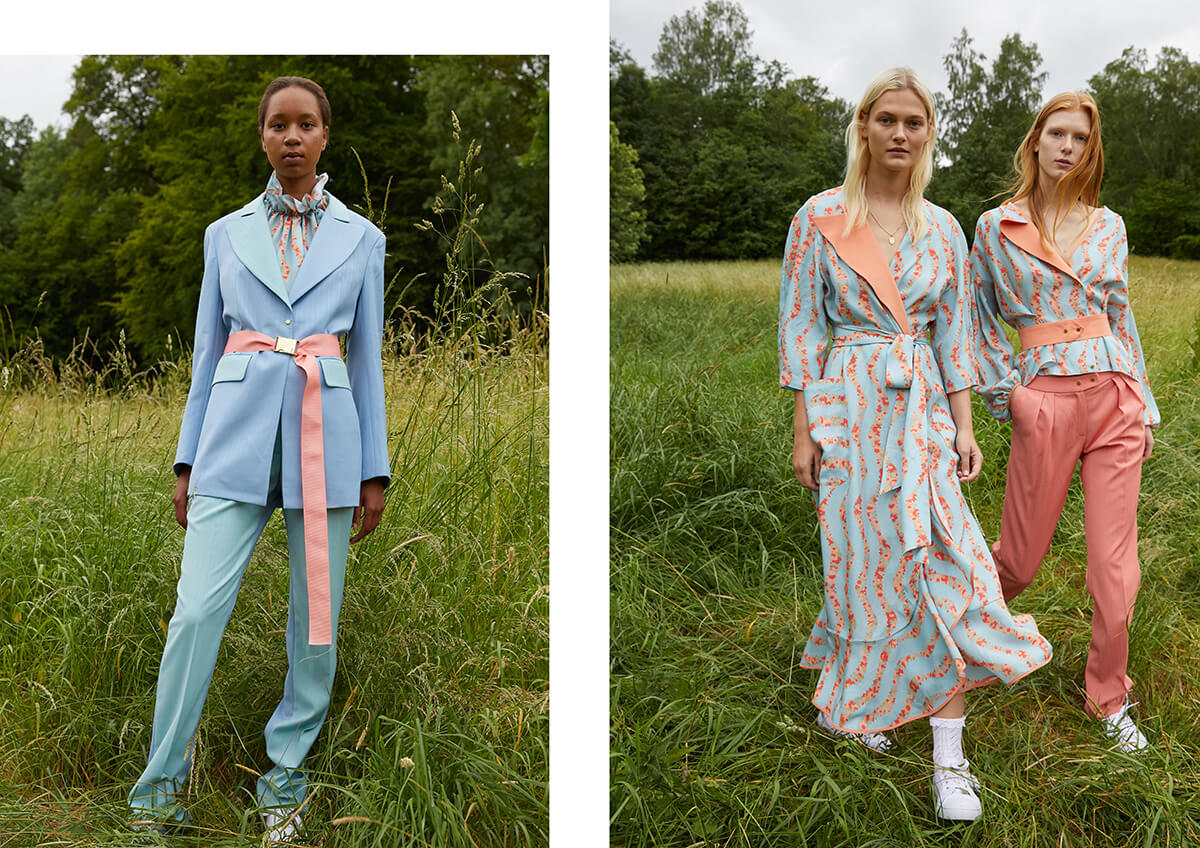
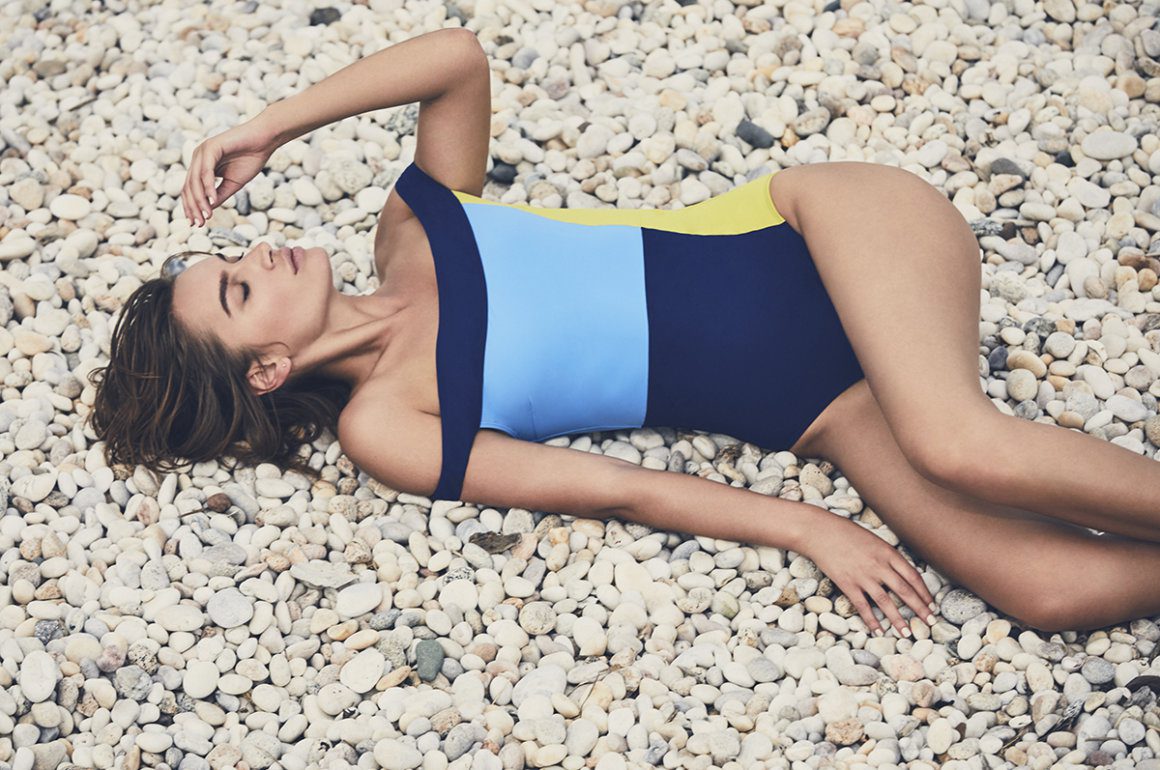
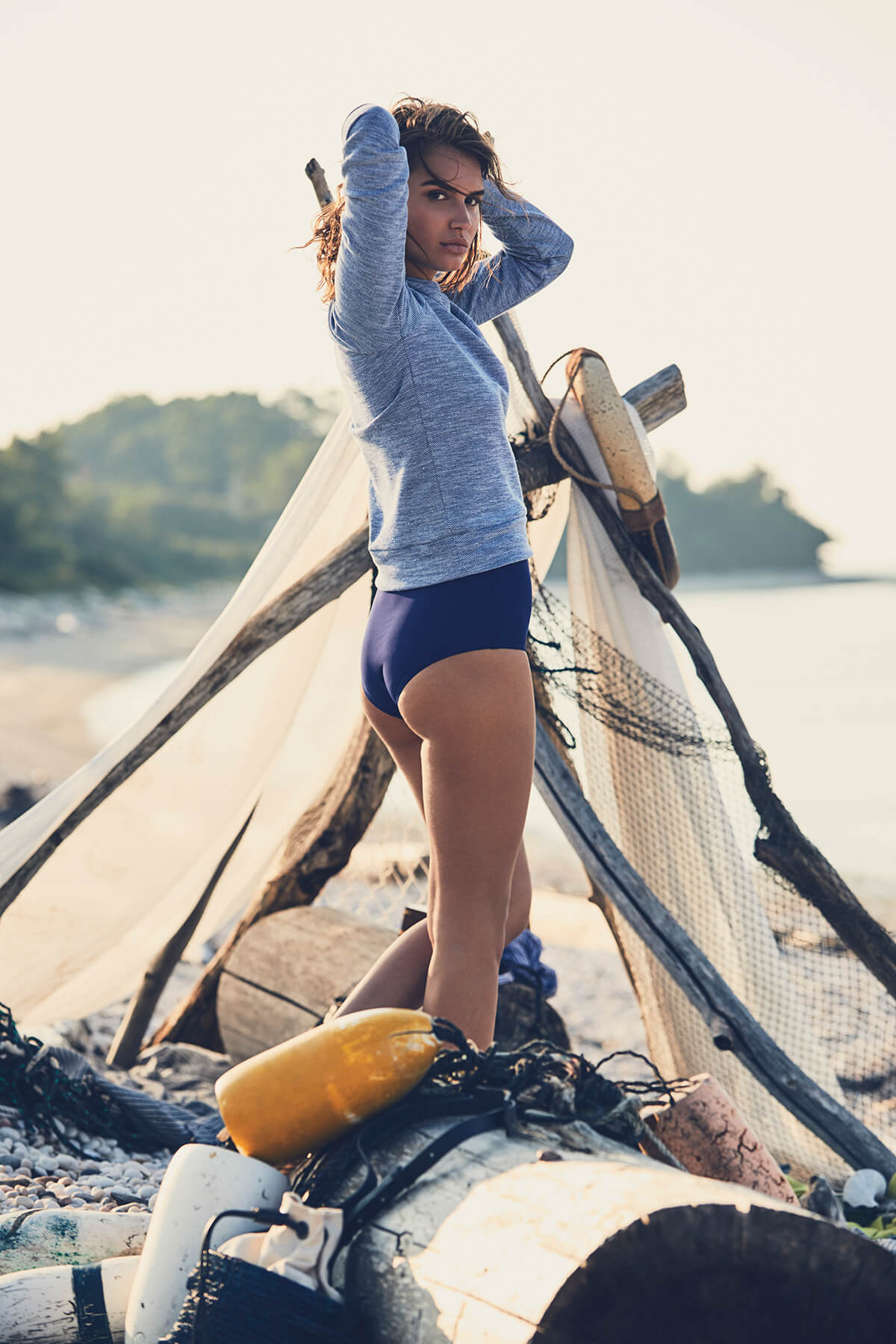

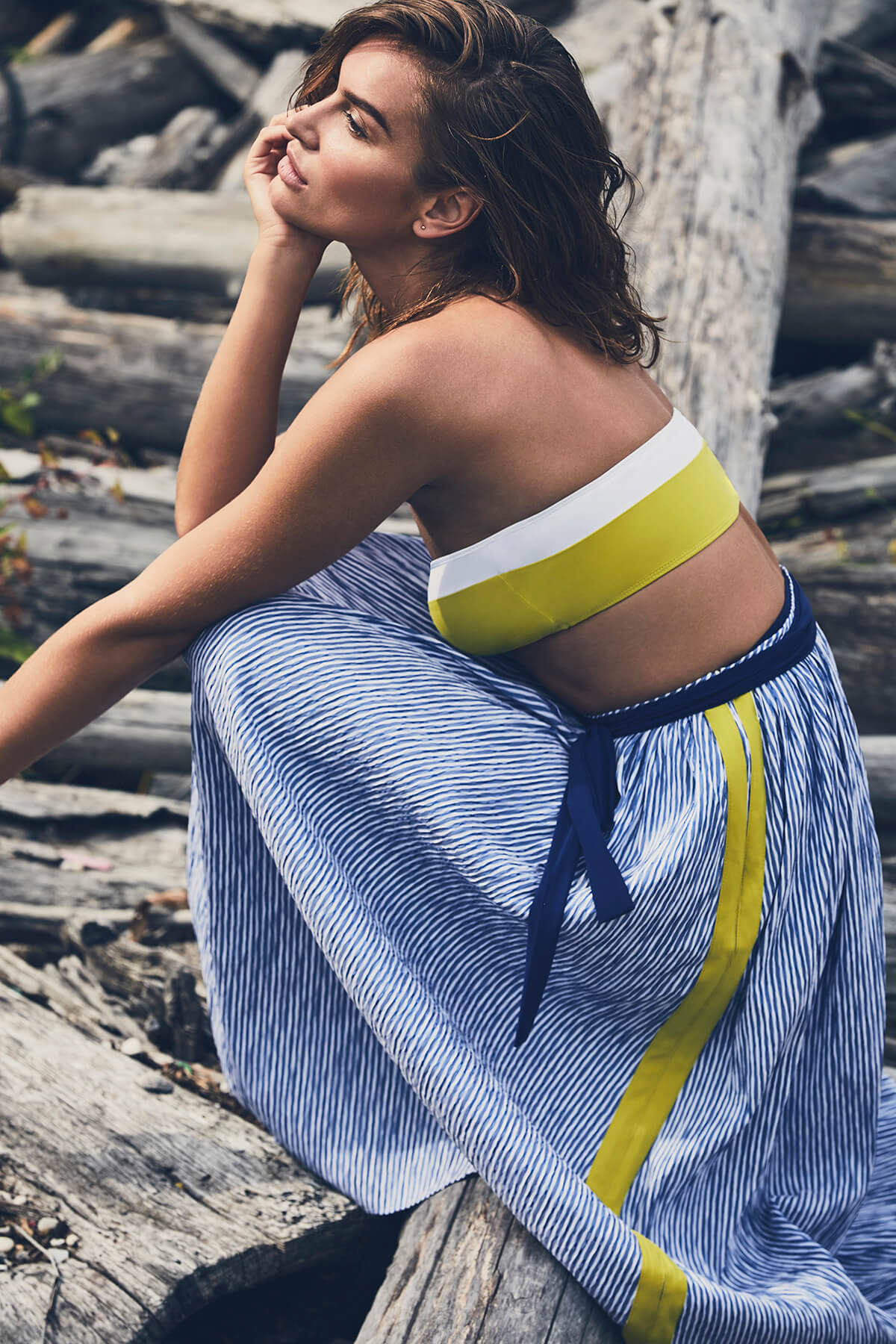
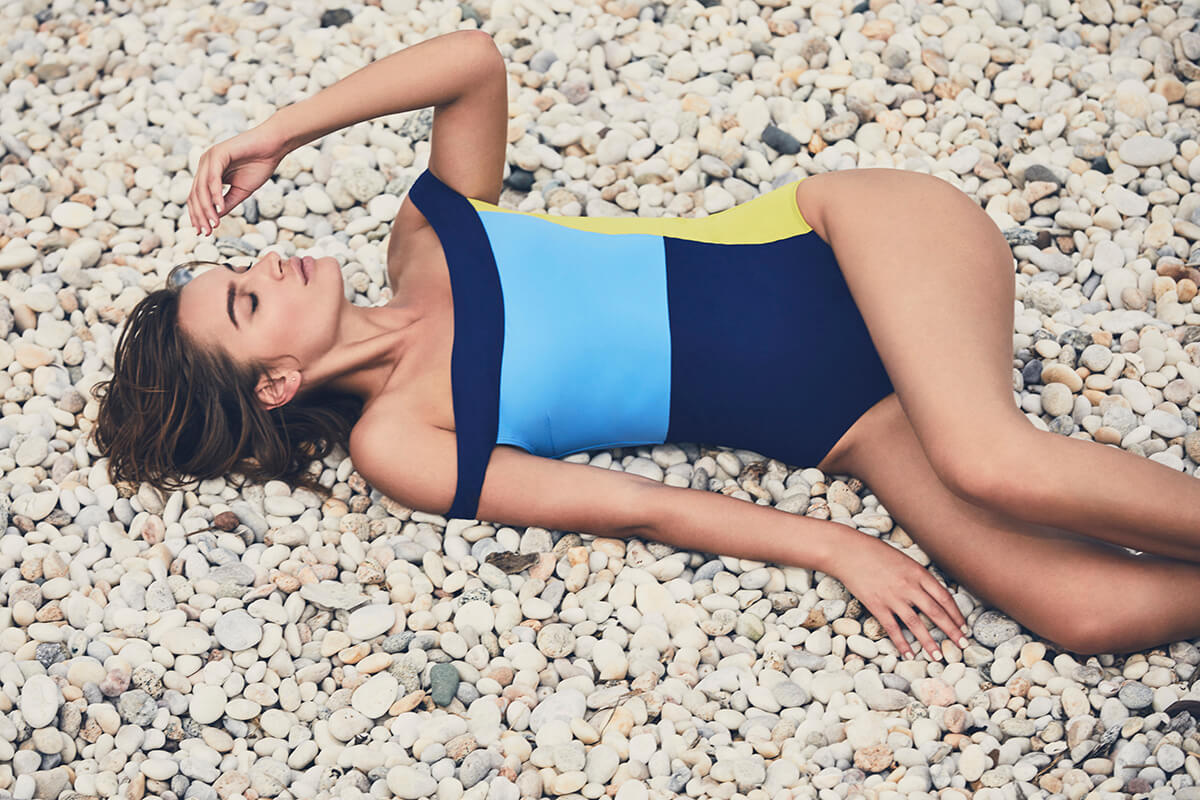
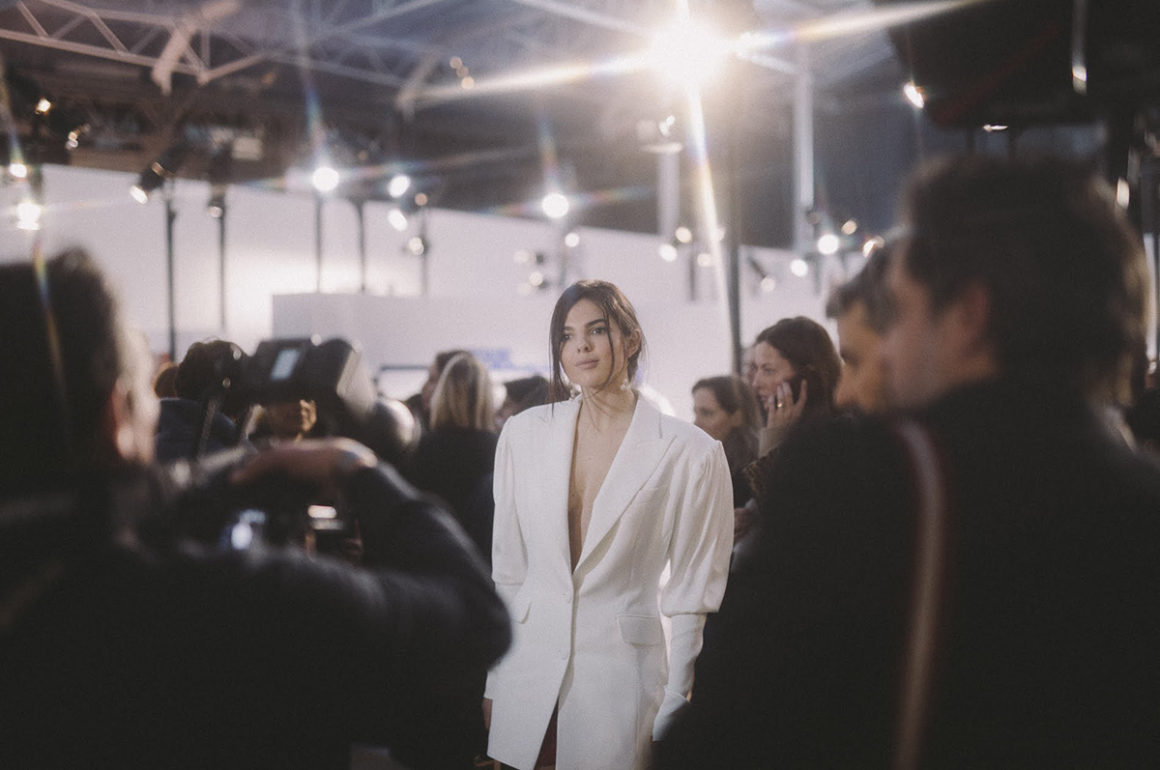



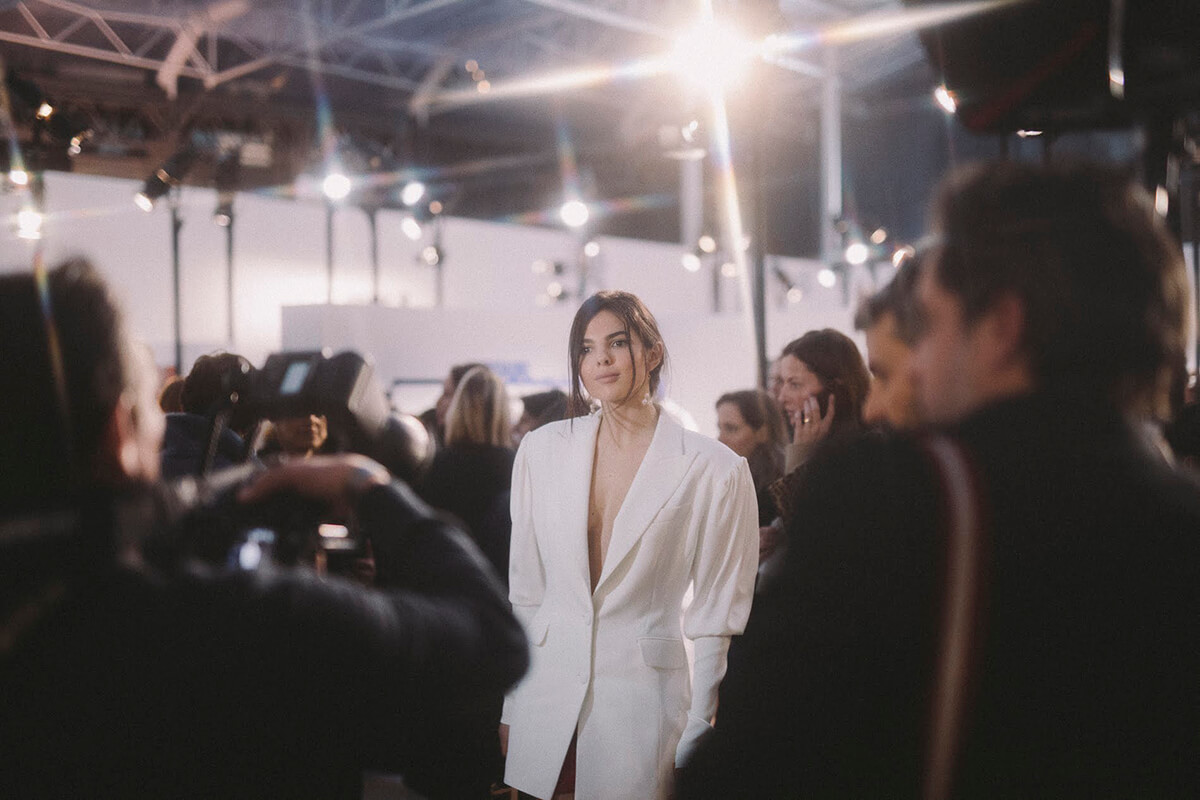






Recent Comments